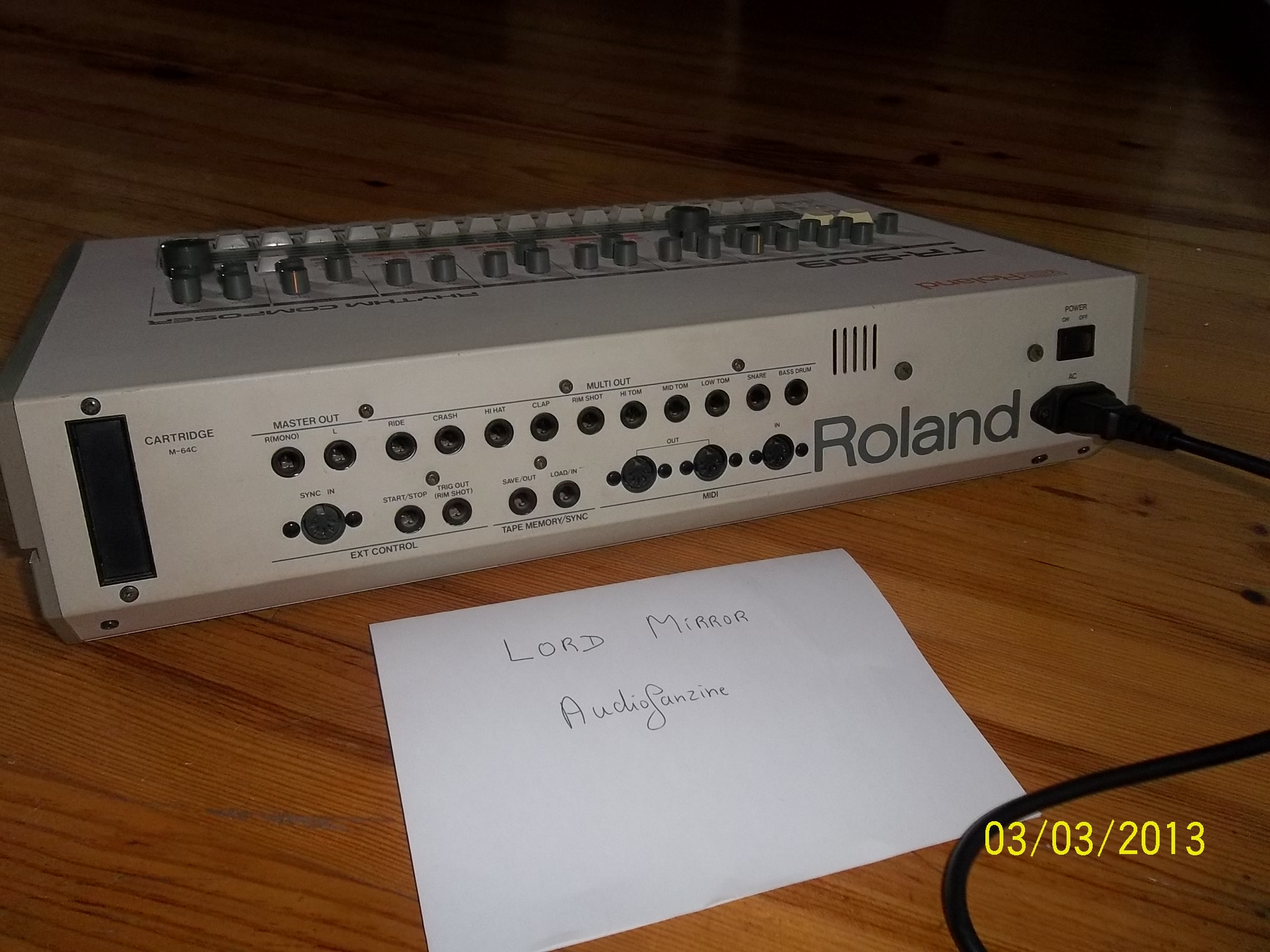
Eventually – and we’re talking years, not months – units could be picked up for next to nothing in pawn shops and second-hand stores. Like the TR-808 before it, the TR-909’s eventual success was down to its lack of mass-market appeal. “I think Roland knew that they had something on their hands, but they didn’t know how they could turn it into something popular.” “Classic musicians looked at the TR-909 – and the TR-808 before it – and didn’t know what they could do with it,” explains Milstein. Within a year they’d ceased production around 10,000 hand-made units was all the Japanese company would ever manufacture. Nonetheless, the TR-909 didn’t sell up to the company’s expectations. If you take a 909 and hit the play button, it just sounds right immediately.” That’s what makes it ‘groove’ well: the timing of the sequencer. It had its own sequencer, which is integrated, and talks directly to the drum ‘voices.’ It did this in a parallel format, meaning that it sent its triggers to the drums simultaneously. “Roland really took analogue sound technology to the extreme when designing the TR-909,” says Gur Milstein, Head Designer at Eurorack modular synthesizer specialists Tiptop Audio. Throw in MIDI compatibility – a world first amongst drum machines – and you had something powerful, flexible and easy-to-use. Meanwhile, the on-board step sequencer could be used to create and store up to 96 rhythm patterns, and there was even room to save eight “songs” – combinations of patterns chained together to create extended rhythm tracks. Its in-built electronic drum sounds – a combination of pure analogue and early digital samples – weren’t a particularly accurate reflection of the acoustic percussion instruments they were imitating, but they could be manipulated and altered using various rotary knobs and switches. Its feature set was certainly attractive. Created to replace the commercially unsuccessful (but now iconic) TR-808 drum machine, the 909 took the best bits of its predecessor and added a swathe of new features that its creator, Roland’s Head of Research & Development Tadao Kikumoto, believed would make it the most desirable percussion synthesizer in the world. Logo SVGs (Roland, TR-909 & Rhythm Composer) by Isaac Cotec Openĩ09.When it went on sale in 1984, the Roland Corporation had high hopes for the TR-909 Rhythm Composer. Thanks to Sascha Kaltenschnee for lending me his DinSync RE-909, which is an exact hardware copy of the original TR-909. They all play their sounds as the original machine does. To preview the sounds right after booting, click the main-keys in the bottom row.

It is quite fun with a large multi-touch device, but even when using all keyboard-shortcuts, you can be quick to very cool results. Hence this version is even worse to operate since we only have one mouse cursor.

The original is quite intricate to operate but I didn't want to break the retro feeling, so I kept close to the original behaviour. Development StateĪbout 90% of the 909 features are already implemented. It emulates the exact same cumbersome user experience of the original machine.

This is a web version of the Roland TR-909 drum-machine with painfully hand-made generated html, svg & css and a proper web-audio-api sound engine. The use of any trade name or trademark is for identification and educational purposes only and does not imply any association with the trademark holder of their product brand.


 0 kommentar(er)
0 kommentar(er)
